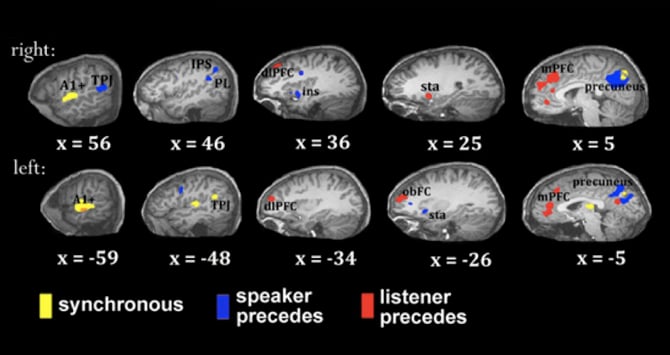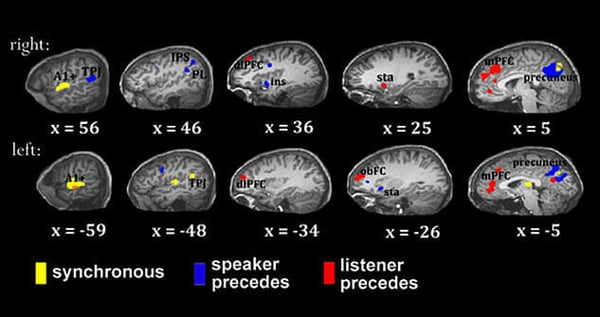
For several years now, marketers have been trying to convince business leaders around the world that storytelling is a great way to sell more, engage employees and build reputation.
For a lot of business people this is an interesting concept but one that lacks any validity.
Sure, storytelling sounds cool. It’s an idea that it seems like fun — being in a room with somebody dressed up like Daniel Boone or a pirate or some other fictional character who shares a rich and compelling fantasy narrative. Of course, that’s hardly what real business storytelling looks like. But it is unfortunately the picture that far too many business leaders see in their minds when someone’s trying to talk to them about storytelling in business.
What they’re seeing or hearing or experiencing in their vivid imaginations is the sense that storytelling is just another half-baked communications or marketing strategy that is more about entertainment than results.
In short, what most business leaders find lacking in any discussion of effective business storytelling is scientific evidence that it works.

Thanks to advances in brain imaging over the last two decades, and the dedicated work of neuroscientists and social scientists working together, we now have that scientific proof.
The broad application of magnetic resonance imaging (MRI) and other brain scanning techniques, when combined with modern neuroscience, shows definitively why stories work in communications.
There are several interesting university studies I could cite that prove storytelling works. And as a result of this work, university experts now making their way into the popular stage with evidence of storytelling's power.
Let me share just one example. In this Princeton University work chronicled a few years ago by Wired magazine, study researchers Greg Stephens and Uri Hasson discovered that effective storytelling literally creates something that the good Vulcan Mr. Spock could only fake in the movies and on TV: a mind meld between the storyteller and the audience.
As the image I have reproduced here demonstrates, over the course of time, as an effective storyteller shares a story, good storytelling literally causes changes in the brain activity of the audience receiving the storyteller’s message.
We now have a picture inside the brain of what most of us have experience over and over in our lives but which we couldn’t previously quantify: the speaker who had us in the palm of his hand, the movie that left us with profound images and thoughts days after we saw it; the concert that kept coming back to us in song, sound and picture a week after we attended it.
This is the science that matches the powerful cultural history that advocates for storytelling in business. As humans, we’ve been sharing stories since before we had written language. There’s been a historical, compelling anecdotal sense that we keep doing that for a reason — because it works. Thanks to MRIs and other tools that allow us to see our brains at work, we now have the scientific evidence to measure the anecdotal and prove the power of storytelling.
Findings like these have profound impact for the way business leaders need to be thinking about the power of storytelling in business. Business storytelling is no longer a matter of costumes and characters and entertainment or variety in terms of how information is presented.
Business storytelling is now a powerful tool that’s scientifically, demonstrably effective in communicating with the audiences that you most need to reach. The rush to reconnect with the ageless power of storytelling is on in businesses around the world. If it’s not linked to the scientific reasons why it works, though, it’s just another communications or marketing strategy that is more about entertainment than results.
